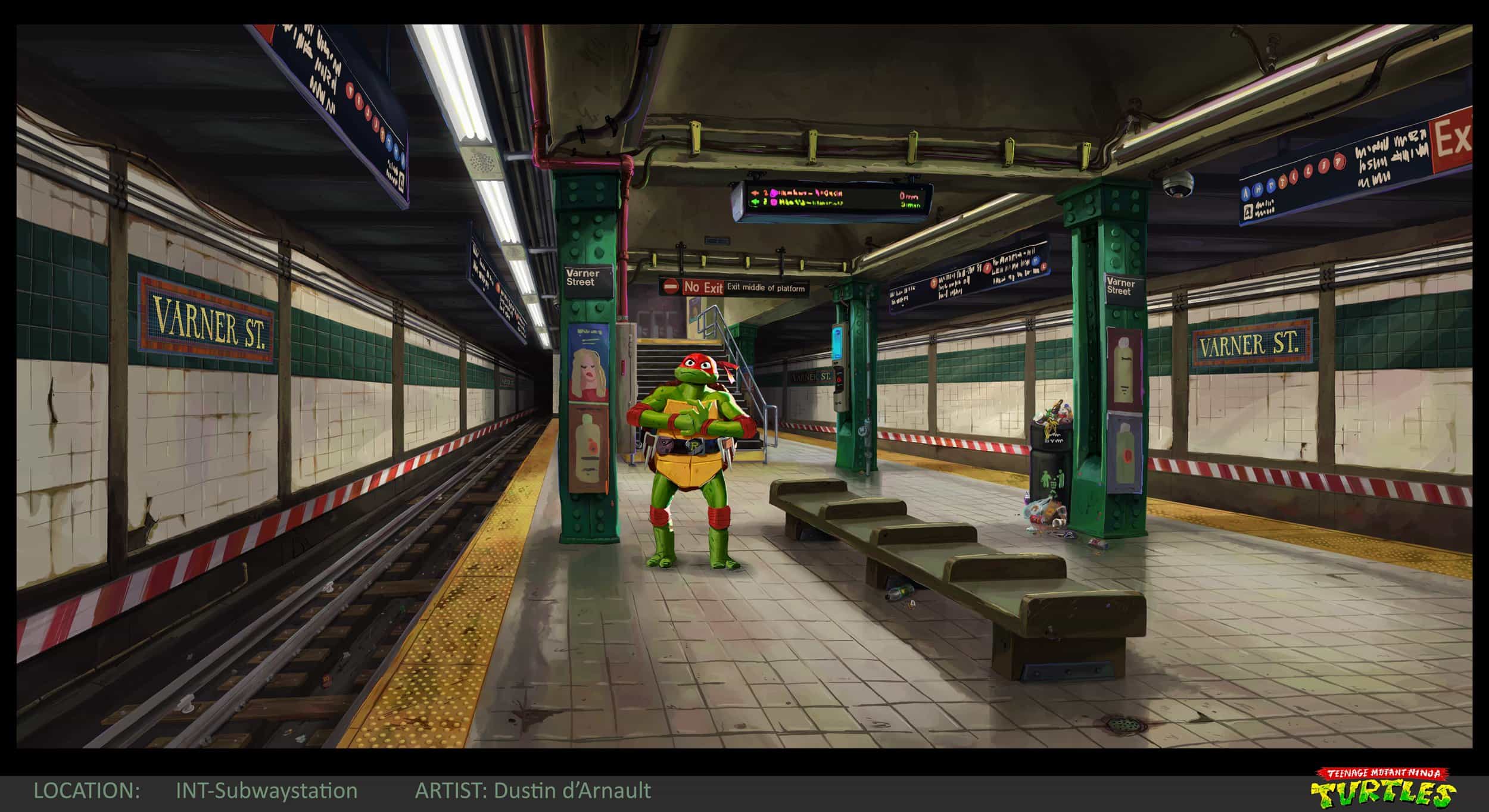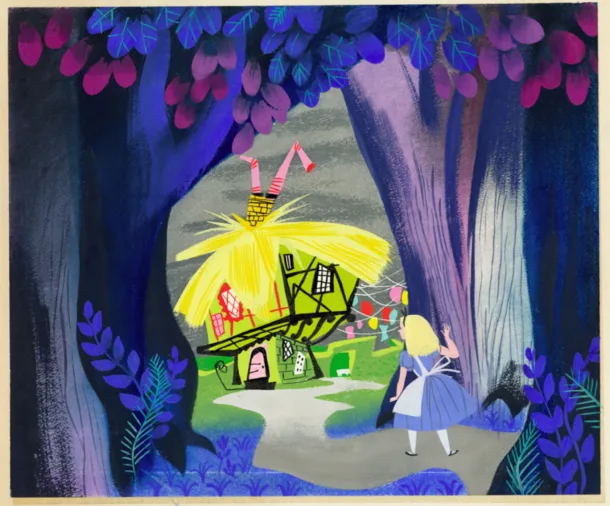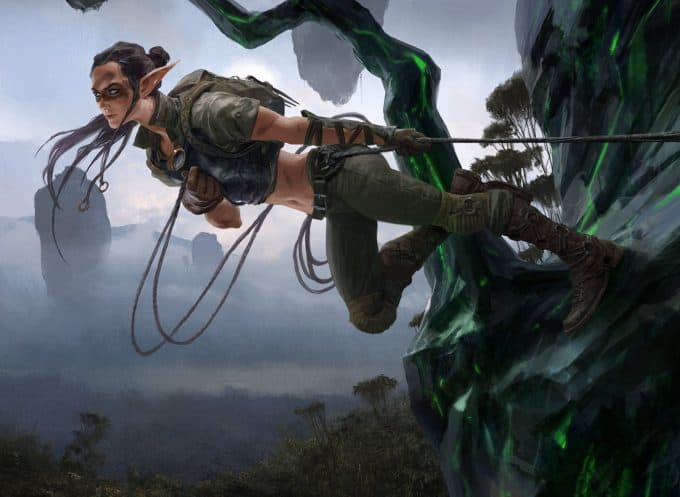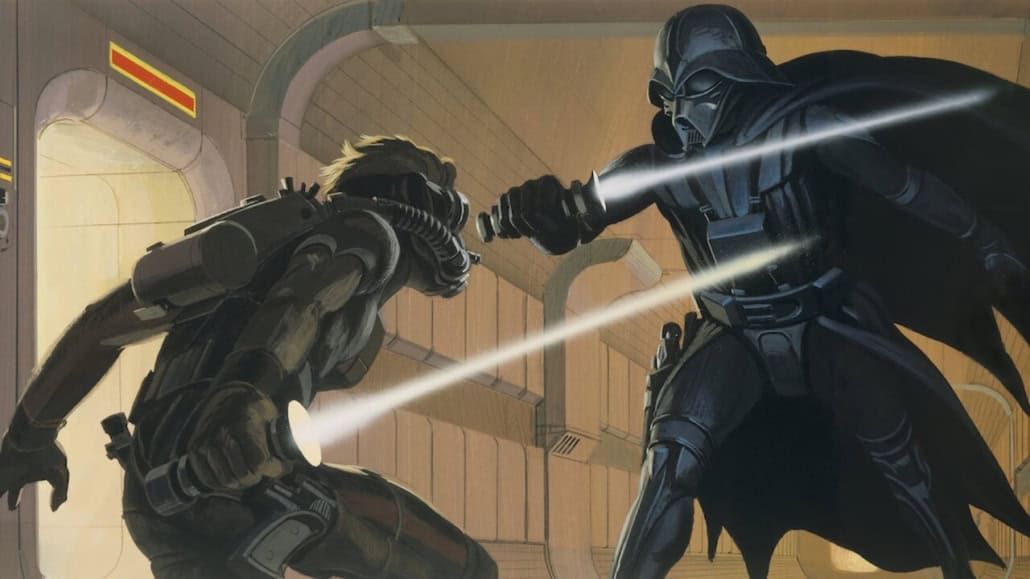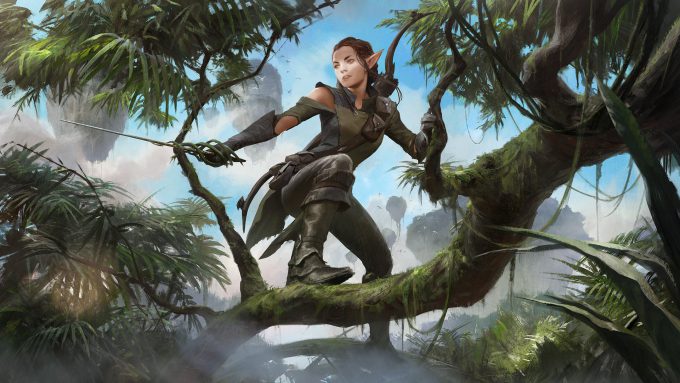Grounding Your Character Design In Its Environment
Learn how to ground your character designs in their environment to create believable, memorable characters that truly belong in their world.
Good character design means characters feel like they belong in their world. This article will walk you through the basics of grounding character design in their environment. Whether for a game, film or comic you’ll learn how to make characters look and feel real and cool.
Key points
- Characters need to feel like they belong in their environment to be believable and that affects their look and personality.
- Knowing the environment—geography, culture and climate—is key to designing a character that fits in their world.
- Using shape language, colour theory and textures helps ground characters and connect them to the environment.
1. Context in Character Design
Characters need to feel like they belong in their world to be believable. Think of your favorite characters in films or games. They don’t just exist; they live in their environment, whether it’s a lush fantasy forest or a gritty urban landscape. The environment shapes their personality, actions and even their physical appearance.
Knowing the relationship between environment and character believability is key. A character’s personality is reflected in their surroundings. A rugged adventurer will look and feel different if they come from a harsh desert compared to a peaceful forest. This integration creates a seamless experience for the audience and makes the characters more relatable and cool.
Adding context to your character design so your audience can connect with your characters on a deeper level. It’s not just about what the character looks like but also where they fit in the world. This is what separates good character art from great character art.
2. Analyze the Environment: Set the Scene
Before you start designing your character, research the world they live in. Is it a fantasy realm with magical creatures, a futuristic sci-fi universe or a historical setting with rich cultural backgrounds? Each one requires different considerations.
Key environmental elements to consider:
Geography
Climate
Architecture
Culture
Character’s Personality
For example a character from a cold mountainous region might wear heavy layered clothing and have a weathered look. A desert dweller might wear light breathable clothing and have a sunburned complexion.
Setting the scene is more than just the physical environment. It’s about getting into the world you’re creating. This deeper understanding will guide your design decisions and every detail from clothes to accessories will reflect the environment’s impact on the character.
3. Shape Language in Character Art: Grounding Characters in the Environment
Shape language is a powerful tool in character design. Using visual motifs from the environment helps feel like they belong in their surroundings. For example angular and sharp shapes might be for a harsh industrial environment, soft and rounded shapes for a peaceful natural one.
How shape, form and silhouette mirror the environment’s structure and mood is key. A character’s silhouette should be instantly recognisable and convey their environment. This can also extend to facial expressions and poses and further reinforce the connection between character and setting.
Using reference points from different angles and drawing inspiration from the environment helps to tie everything together. For example an armored knight might have armor details that mirror the architecture of their homeland. These elements when combined thoughtfully create a character that feels like an extension of their world.
Shape language doesn’t stop at the character’s physical design. It also includes their style and story. By incorporating the environment’s visuals into your character’s design you’re telling a story. This makes the image more meaningful and memorable.
4. Color Theory: Matching the Palette to the World
Color theory is key to matching the palette between character and world. Balancing the color scheme so your character doesn’t look out of place. For example using colors that are dominant in the environment will help the character blend in.
Light and atmosphere affects both character and environment. The way light interacts with objects in the environment will affect your character. A character in a sunny desert will have different lighting and shading than one in a dark forest. Understanding these subtleties will help you integrate believably.
Artists should consider the aesthetic of the world they are creating. This includes how different palettes make you feel and how they can be used to enhance the character’s personality. Master colour theory and you can create images that look good and feel like they belong in their world.
5. Texturing and Materials: Making Characters Feel Real
Texturing and materials is key to making figures feel real. Reflecting the materials of the environment in character details such as clothes, armor and tools helps to create a believable character. For example a character from a forested area might have leather armor and wooden tools, a city dweller might have metal and fabric.
Adding wear and tear that reflects the environment adds another layer of realism. Characters should show their environment – dirt, scratches and weathering makes them more real and relatable. These details are often found in model sheets and contribute to the overall believability of the character.
These details are crucial. They make figures feel like they are part of their world and enhance the audience’s connection to the story. Realism in character art isn’t just about how detailed the character looks but how well they reflect their environment.
6. Lighting and Composition: Integrating Characters
Lighting and composition is key to integrating into the environment. How lighting ties them to the environment is considering the direction, intensity and color of the light. Proper lighting will make a character feel like they are really part of the scene.
Using composition to place a figure in a visually integrated and impactful way is another important part. The combination of lighting and composition will guide the viewer’s eye, highlight the character and make them feel like they belong in their environment.
By using these techniques you can create a cohesive and immersive visual experience. It’s not just about placing characters in a scene but making them part of it. This will enhance the storytelling and emotional impact of your work.
7. Dynamic Interaction: Characters Interacting with their Environment
Dynamic interaction is about designing characters to interact actively with their surroundings. Adding gestures, poses and props that interact with the environment brings characters to life. A character leaning against a wall or interacting with objects around them feels more real.
How movement and posture reflects the terrain, weather and space is key. A character trudging through snow will have different movement and posture than one walking on a sandy beach. These design choices creates a dynamic connection between the character and their environment.
In animation, games and comics these interactions are important. They add depth and detail to the character’s personality and make the world feel alive. Designing characters to interact with their environment enhances the narrative and makes the audience feel more connected to the story.
8. Conclusion
Examples from games, films and animation of successful character-environment integration demonstrate these principles in practice. These case studies show how leading visual development artists approach character design.
Take away from these projects is the importance of integrating characters into their environment. They give you practical advice and inspiration to apply to your own work. Study these examples to see how to bring it all together in your character design references.
9. Iteration: Refining through Feedback
The iterative process of refining through feedback is key in character design. Critique and re-visiting character-environment integration will help you improve and perfect your designs. It’s a never ending process of learning and self improvement.
Peer and mentor feedback is important in refining design and drawing choices. Listening to others will give you new insights and ideas you may not have thought of. This collaborative approach will ensure your characters are well integrated and believable.
By taking feedback on board you can improve your character designs and create more immersive and engaging worlds. It’s an important part of the process that shouldn’t be missed.
Character Design Recap
So to summarise the article we’ve covered grounding them in their environment, analyzing settings, using shape language, mastering colour theory, texturing and lighting and dynamic interaction. All these elements combined will give you believable and immersive character designs.
Remember the goal is to make your them feel like they really belong in their world. By applying these principles you can create figures that are not only visually nice but also deeply integrated into their environment. Keep experimenting, learning and refining your designs to get the best results.
FAQs for Beginners
Why is character into environment important?
Character into environment is important because it makes them more believable and relatable so the audience connects more to the story. A well thought out setting makes the character feel real and interesting.
How do environmental elements affect character design?
Environmental elements like geography and climate will shape how a character looks and dresses, so they reflect their environment and culture. So when designing a character think about where they live to get a more authentic feel.
What is shape language in character design?
Shape language is using shapes in your images to give your characters personality and make them feel like they belong in their world. By thinking about the shapes you use you can create more relatable and interesting designs.
How does colour theory help in character design?
Colour theory is key to a balanced look that ties your character to their environment so everything feels connected and engaging. It keeps the visuals cohesive and enhances the overall experience.
What is iteration in character design?
Iteration in character design is refining your ideas through feedback. By critiquing you can improve your characters and how they fit into their worlds.
How do I get better at character design?
To get better at character design artists should focus on improving their anatomy knowledge which is the base for creating believable and dynamic characters. Following online tutorials and studying character poses will help an artist to convey emotion and movement. Working with a supportive team or community will give you feedback and expose you to new ideas to help you grow and refine your character design skills.
Does character design mean different things in different visual arts industries?
Character design means many things. In entertainment and game arts for example it encompasses many roles, from stylised or realistic characters for animation and video games to characters that fit into films or visual development projects. Character designers adapt to different media, 2D, 3D or even virtual reality where their focus may shift from expressive poses to technical anatomy for rigging and animation. Each project whether it’s for a cinematic world or an interactive game requires different approaches to design so character design is a very versatile field within the visual arts industry.
Is Character Design Concept Art?
Character design is a form of concept art that defines the physical appearance, personality, behaviour and aesthetic of a character. Good character design thinks about style, tone, costume, posture, silhouette and uniqueness. The goal of character design is to make characters look cool, interesting and memorable
Courses Now Enrolling
Illustration & Fine Arts students gain access to all guest artist events.

